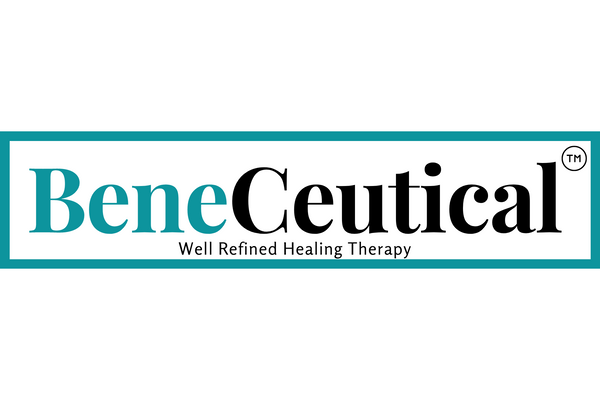Absolutely! Let’s dive into Lidocaine — the A-lister of topical pain relief, with a name that sounds like it means business (because it does). Here's the full breakdown, complete with wit, accuracy, and FDA-compliant clarity:
⚡ Lidocaine
AKA: The numb-ninja, the ouch-neutralizer, or “the reason you can walk after leg day.”
🧬 What It Is:
Lidocaine is a local anesthetic, originally developed in the 1940s, that temporarily blocks nerve signals in your body. Translation? It tells your pain receptors to take a seat. 🪑
It’s part of a class of compounds called amide-type anesthetics, and it’s widely used in everything from dental procedures to numbing creams, tattoos, and yes—your Recovery Cream.
🌿 Where It Comes From:
Lidocaine is synthetically derived (sorry, no magical plant here), but it’s been on the World Health Organization’s List of Essential Medicines for decades. It's that important. Think of it as the pain relief GOAT in a lab coat.
💡 What It’s Doing in Your Topical Cream:
💥 1. Pain Blocker
Lidocaine works by blocking sodium channels in nerve endings. This stops the nerves from sending those annoying “Hey! This hurts!” messages to your brain.
🧠 Brain: “Is that pain?”
Lidocaine: “Not today, friend.”
💪 2. Fast-Acting Relief
It kicks in within minutes, especially when used in concentrations like 5% (the max allowed OTC in the U.S.), making it perfect for muscle soreness, minor aches, back pain, and post-workout regrets.
🧊 3. Cooling Comfort
Often paired with menthol or camphor for a cooling sensation, lidocaine enhances that sweet, sweet "ahhhh" feeling as you slather it on like you’ve just survived a CrossFit apocalypse.
📚 Studies + Clinical Use:
-
One study published in Drugs journal (2001) reviewed topical lidocaine’s effectiveness for neuropathic and musculoskeletal pain, concluding it’s safe, fast, and effective.
-
Lidocaine patches (like the 5% ones used in prescription formats) are FDA-approved for pain associated with conditions like post-herpetic neuralgia, and are often used off-label for general joint or muscle pain.
-
According to a 2021 review in Journal of Pain Research, topical lidocaine offers a non-opioid alternative for pain management with minimal systemic absorption—huge win for those looking to steer clear of stronger meds.
⚖️ Legal + Safety Info (FDA Compliant Style):
-
5% Lidocaine is the maximum concentration allowed for over-the-counter (OTC) topical use in the United States, per FDA guidelines.
-
It’s for external use only—don’t eat it, don’t inject it, don’t DIY your own dental surgery.
-
Avoid broken skin, open wounds, or covering it with tight dressings unless your doctor says it's cool.
-
If you’re pregnant, breastfeeding, or have liver conditions, ask a healthcare provider before use.
-
Overuse or using with heat pads? Not recommended—it can increase absorption and get risky.
⚠️ Pro tip: “More isn’t more” with lidocaine. Use as directed—relief, not regret, is the goal.
Lidocaine is the trusted warrior of topical pain relief. It's strong, fast, and knows how to do its job without making a big fuss. Think of it like a bouncer for your nerves—it handles the drama so you can go back to pretending squats were a good idea.

